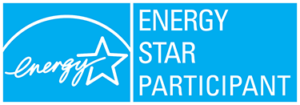Looking for a new high-efficiency natural gas or propane furnace? You’re in the right place!
Welcome to the most complete collection of unbiased information about forced-air heating systems for Canadian consumers.
Below you’ll find all the information the modern Canadian homeowner needs to make an informed decision on buying or replacing a forced-air furnace for your home or business, including what brand and model to buy, and who to buy it from.
This page includes an in-depth buyer guide, furnace pricing information, as well as links to related articles you may find helpful, brand and model reviews and comparisons, regional buyer information, and lots more!

What to Buy & Top Resources

Compare Furnaces
- All the proper licenses & certifications
- Additional manufacturer training
- Experienced staff

Compare Furnaces
- All the proper licenses & certifications
- Additional manufacturer training
- Experienced staff

Compare Furnaces
- All the proper licenses & certifications
- Additional manufacturer training
- Experienced staff

Compare Furnaces
- All the proper licenses & certifications
- Additional manufacturer training
- Experienced staff

When choosing an HVAC contractor, we recommend checking that the company has:
- All the proper licenses & certifications
- Additional manufacturer training
- Experienced staff
- A good track record
- Adequate insurance
- Offers fair & transparent quotes
We check over 15 different criteria!
Established Local Companies
Fair & Transparent Quotes
Certified to Offer Rebates
Verified Licenses & Insurance
Experienced Staff
Good Track Record from Verified Customers
Excellent Warranty Guarantee
Emergency Service Availability





